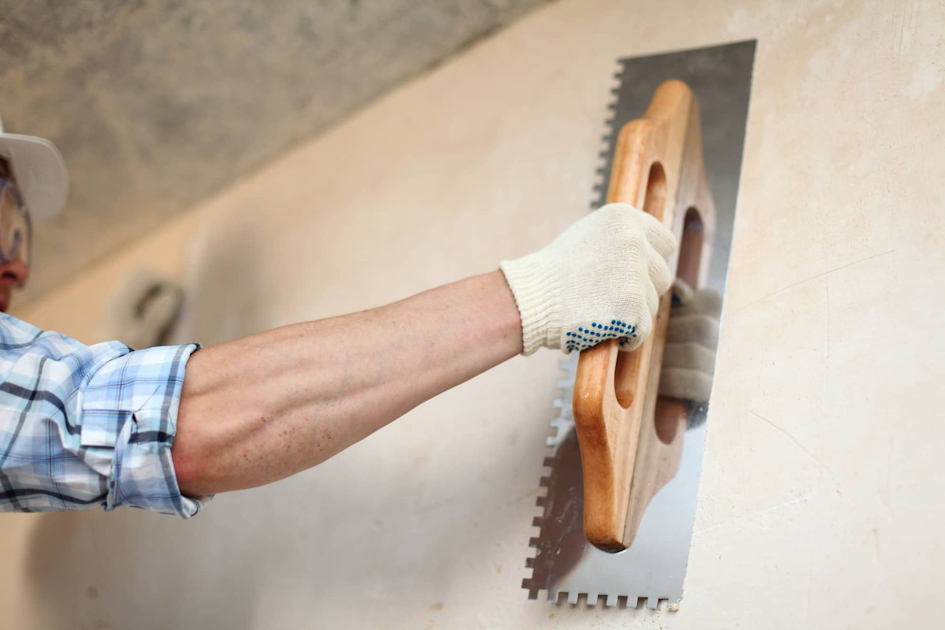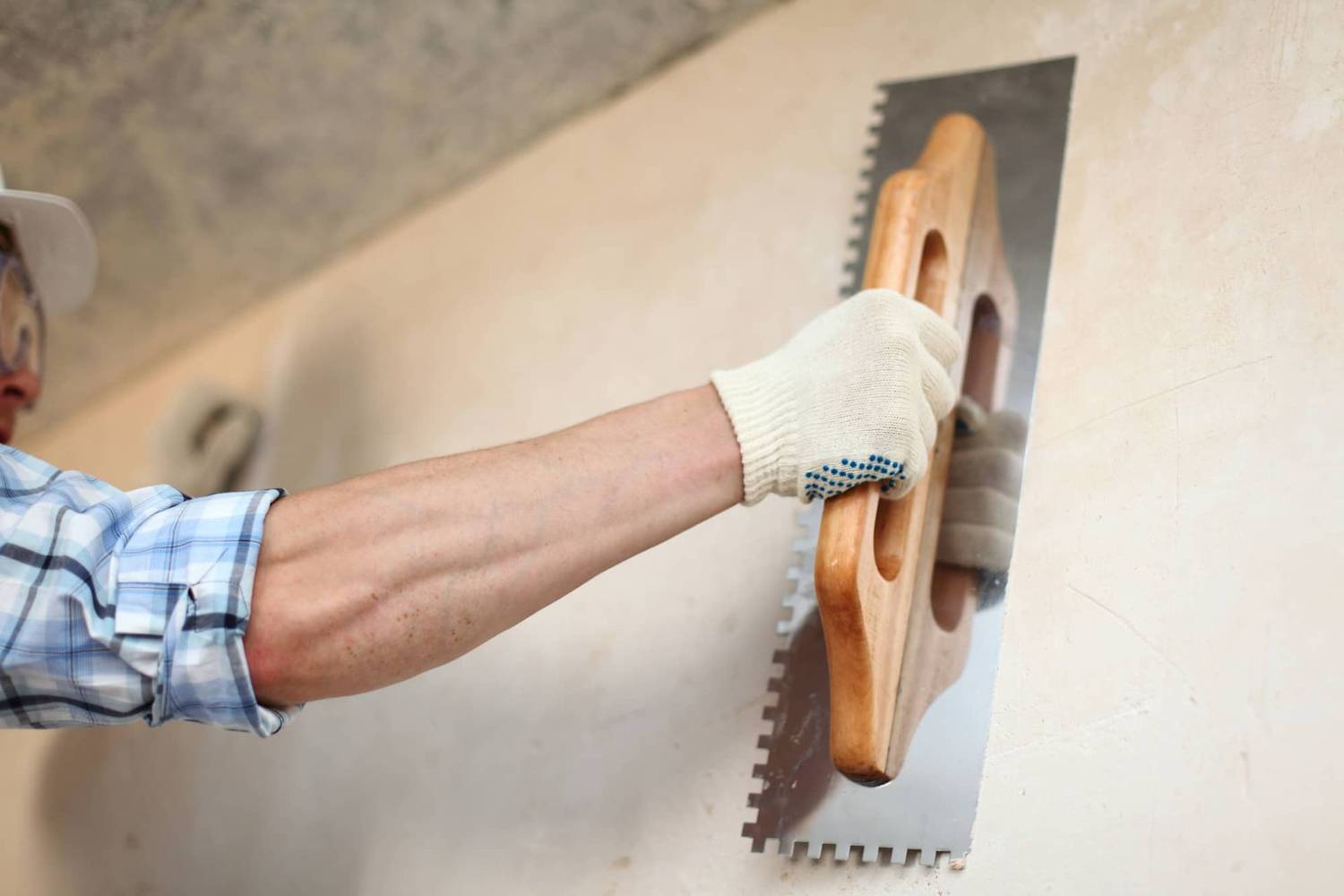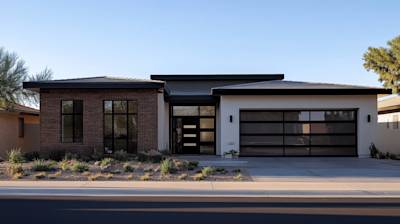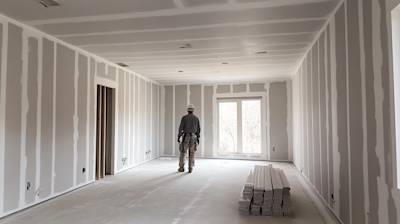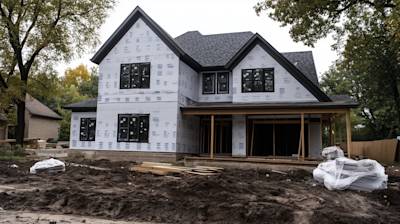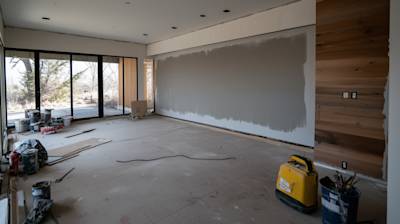From a simple home renovation to a complex construction project, plastering plays an integral part. As such, understanding the right tools and techniques are critical for achieving high-quality outcomes. This article delves into one of the main components of successful plastering: plastering tools. We'll explore the various types of plastering tools, their significance, and how to choose the right tools for your project.
A Comprehensive Look at Plastering Tools
There is a broad array of plastering tools available in the market, each designed for a specific purpose. Whether you are a professional plasterer or a DIY enthusiast you need to know which plastering tools to use to ensure a smooth and seamless finish.
Trowels
One of the must-have plastering tools is the trowel. It is used to smooth wet plaster or concrete. Trowels come in different types, all designed to suit either specific jobs or preferences. Some popular types of trowels include finishing trowels, bucket trowels, and corner trowels.
-
Finishing Trowels: These are ideal for smoothing and finishing the surface of the plaster. Their flat body and pointed edges, allow for precision and comfort.
-
Bucket Trowels: Primarily used for scooping plaster out of the mixing bucket onto the hawk.
-
Corner Trowels: Designed to help form perfect corners with different angles. They can either be internal or external corner trowels.
Plastering Hawk
Another essential on the list of plastering tools is the plastering hawk. It is a flat square plate with a handle below often used for holding plaster before it is applied to the wall. This allows you to work quicker while minimizing wastage and mess.
Plastering Floats
Floats are used for smoothing and levelling plaster once it is applied. Different types of floats include rubber floats, sponge floats, and poly floats.
Mixing Bucket and Drills
A mixing bucket is used for mixing plaster in high quantities. The plaster's consistency can be maintained by using a mixing drill, another tool that's great for high volume production of plaster mix.
Importance of Quality Plastering Tools
Quality tools are essential in any plastering task. They perform better, last longer and deliver smoother finishes compared to cheaper, poorly made alternatives. High-quality plastering tools make the job easier while reducing workload and fatigue. Also, their design and build assist in creating flawless finishes that are aesthetically pleasing.
How To Choose the Right Plastering Tools
Selecting the right tools can be a daunting task, especially with so many products available in the market. Here are a few factors to consider when shopping for plastering tools:
- Determine what kind of plastering job you will be doing. Different jobs require different tools.
- Choose tools made from durable materials. They should be resilient under constant use and adverse conditions.
- Consider comfort and ease of use. The tool should have an ergonomic design so that it won't cause any discomfort or health issues with prolonged use.
Proper Maintenance of Plastering Tools
Proper maintenance of your plastering tools extends their life span and ensures you always get a high-quality finish. Cleaning is essential. Always clean your tools after use to prevent plaster from drying and sticking on them. Additionally, safely store your tools to avoid damage or loss.
Plastering tools are essential components in plastering work. The right set of tools not only makes the job easier but also produces high-quality finishes. Consider investing in high-quality tools, knowing what tools to use for which jobs, and taking good care of them. With the right set of tools and know-how, plastering can be a rewarding task.
Frequently Asked Questions about Plastering Tools
Below are some commonly asked questions about plastering tools. Whether you are a professional plasterer or a DIY enthusiast, you will find a range of questions related to plastering tool selection, maintenance, and usage.
What are the essential tools required for plastering?
The basic plastering tools required for a plastering job include a plastering trowel, hawk, joint knife, plastering float, and a mixing tool or drill. High-quality plastering tools will provide a smoother finish and make the job easier and quicker.
How do I select the right plastering trowel?
Choosing the right plastering trowel will depend on the scale of your job and the finish you desire. Ensure the trowel is of high quality, has a comfortable grip, and the blade is smooth and flat. Blade size should also be considered; a larger blade allows for a larger surface area to be covered but can be harder to control, whereas a smaller blade will give more accuracy but cover less surface area.
What is the purpose of a plastering hawk?
The plastering hawk is a tool for carrying the plaster while you are applying it. It is designed with a handle in the middle of a flat surface where the plaster sits while you scoop it up with the trowel. The purpose of a plastering hawk is to make the plastering process more efficient and less messy.
Is a plastering float necessary?
Yes, a plastering float is needed to achieve a consistent and smooth finish to your plasterwork. It is used after the trowel to close the surface of the plaster. You have to select the float according to the type of finish you want; there are sponge, rubber, and steel floats available.
How to maintain the plastering tools properly?
Maintaining your plastering tools will prolong their life and allow them to function optimally. After each use, tools should be cleaned to remove any leftover plaster. Dried plaster can affect the performance of your tools. It's essential to store your tools in a dry place to prevent rusting. Also, periodically check your tools for any wear and tear.
Can I use general tools for plastering?
While some tools can cross-function, using plastering-specific tools can ensure a more precise and quality job. Plastering tools are designed to cater to the particular requirements of plastering, like the flatness of a plastering trowel or the design of a hawk.
What safety measures should be taken when using plastering tools?
Always use safety glasses to protect your eyes from dust or plaster chips. Gloves can protect your hands from getting injured by sharp tools. When mixing plaster, a mask or respirator is recommended to prevent inhalation of dust particles. Using tools correctly and maintaining them will also prevent potential injuries.
When and why should I replace my plastering tools?
Plastering tools should be replaced when they are worn out or damaged, which may result in poor quality work. For instance, a plastering trowel with a damaged blade will not spread plaster smoothly, affecting the finish of your work. Consistently using well-maintained tools will improve the precision and quality of your plastering job.
What are the latest innovations in plastering tools?
The plastering industry continuously sees advancements in tool quality and design. Innovations include ergonomic handles for comfort, pre-worn edges on trowels to reduce break-in time, interchangeable blades for trowels, lightweight yet durable hawks, and more. It is worth keeping up to date with these innovations to increase efficiency and comfort on the job.
Are there different plastering tools for different types of plaster?
Yes, there are different tools for different types of plaster. For example, a lime plaster requires a different trowel than gypsum plaster due to their varying consistencies. Using the correct tools for the type of plaster will enhance the final look and finish.
If you have more questions about plastering tools, please feel free to ask. We're here to help you make the most of your plastering projects.
Pros and Cons of Plastering Tools
Pros of Plastering Tools
Efficiency
One of the key advantages of using plastering tools is their efficiency. Their design and functionality significantly simplify the plastering process, reducing the time and effort required to cover walls and ceilings with plaster.
- With specialized plastering tools such as plastering trowels or spatulas, tasks can be completed more swiftly.
- Tools like plastering hawks can hold sizeable amounts of plaster. This reduces frequent reloading and allows the user to plaster large areas without interruption.
Accurate Application
Plastering tools allow for more accurate and even application of plaster. They help ensure a smooth, flat finish and consistency across the surface.
- Plastering straight edges and feather edges help create a level finish by removing excess material and smoothing out the plaster.
- Plastering trowels can smooth corners and cutting tools can trim plasterboard edges for more precise application and finish.
Durability
Most plastering tools are made from robust materials such as stainless steel, which can withstand the weight and texture of plaster. This makes them durable and long-lasting.
- Tools such as plastering trowels and plastering hawks are designed to withstand extensive usage without breaking or wearing out.
Cons of Plastering Tools
Cost
High-quality plastering tools can be expensive, especially when you need to purchase various types for different plastering tasks.
- Buying a full set of everything from plastering mixers to trowels, corners, and hawks can accumulate a significant cost.
- Specialized tools, like plastering stilts or boundary tools with sponges for finishing touches, could further escalate the cost.
Skills Required
While plastering tools can improve efficiency, they require a level of skill to operate effectively. Novice plasterers may struggle to use these tools proficiently at the beginning.
- Tools like plastering trowels, corner tools or plastering hawks require a certain technique to use them effectively for a smooth finish.
- Using plastering stilts for high walls and ceilings requires coordination and balance skill to ensure safety.
Summary
It's crystal clear that plastering tools play a pivotal role in facilitating high-quality plastering jobs. These essential devices make the entire process simpler, more efficient, and significantly more precise. From hawks and trowels to mixing paddles and float tools, plastering tools are an integral part of any plasterer's kit, helping in applying, spreading, and smoothing the plaster to perfection.
The sheer variety of plastering tools is also worth noting. Each tool designed to fulfill a specific purpose, yet together, they create an effective system for all plastering works. Understanding the function of each tool, from small detailing ones to large tools for broader surfaces, maximizes efficiency, and ensures a professional finish. Indeed, plastering without these specialized tools sounds like an ordeal no plasterer would like to endure.
Ultimately, plastering tools aren’t just tools; they're extensions of the plasterer’s hands, influencing the end result of their work. They embody the fusion of traditional craftsmanship with evolving techniques and innovations. So, whether you're a DIY enthusiast tackling a home project or a professional plasterer, using the right plastering tools will significantly impact the quality of your work, saving not only time but also effort.
About Atlas Stucco
Welcome to Atlas Stucco! We're a longstanding, top-notch Stucco company proudly serving the Sacramento, CA area. Over the years, we've built our reputation on the highest level of professionalism, superior craftsmanship and dedicated customer service. We offer a wide array of services ranging from residential to commercial stucco and plaster finishes. Our mission is to transform your dream project into reality while ensuring the process is stress-free and enjoyable. Can't wait to work with you!
Tags: plastering tools, professional tools, construction,

